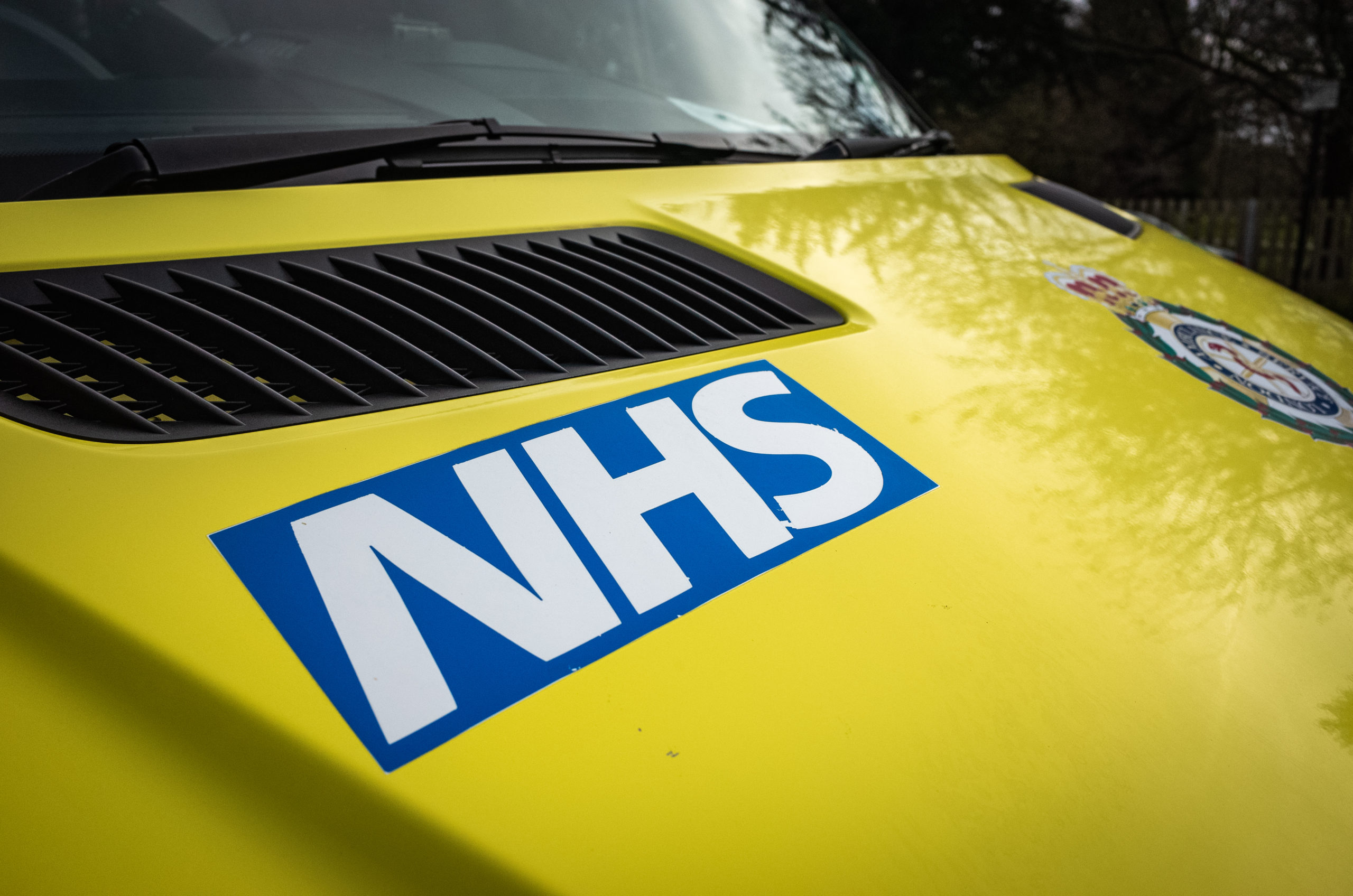Consultant Connect has been working with the Scottish Ambulance Service in NHS Tayside in Scotland to support the implementation of a new Chronic Obstructive Pulmonary Disease (COPD) Pathway to ensure patients with long-term respiratory conditions receive the right care, in the right place, the first time.
Since March 2022, paramedics and ambulance clinicians in the NHS Tayside Health Board area have been able to contact their local community respiratory nursing team via Consultant Connect for Professional-to-Professional Advice.
We spoke to Jonathon Will, Specialist Paramedic & Clinical Effectiveness Lead for the Scottish Ambulance Service, and Susan Paterson, Clinical Care Group Manager for NHS Tayside, to find out more:
Why was the COPD Pathway in Tayside set up?
‘The Scottish Ambulance Service (SAS) receives around 57,000 respiratory calls each year, of which 40% are related to COPD. Historically, the ambulance service has had limited options when attending respiratory calls: discharging the patient and leaving them at home or conveying them to hospital.
‘We know that conveying many of these patients to hospital can come with added risks and complications, such as falls in unfamiliar surroundings or hospital-acquired infections like pneumonia. Even if a patient avoids such harm, we know there is, on average, a 5% reduction in a COPD patient’s strength and independence per night spent in hospital. Usually, COPD patients will require a more extended hospital stay, around four to eight days, so many of them do not return home quickly, if at all.’
How does the pathway work?
‘The pathway was launched with the aim of delivering the right care in the right place at the right time, with the most appropriate care provider, as close to the beginning of the patient’s clinical journey as possible. The prof-to-prof line is used by paramedics and ambulance technicians to communicate with respiratory clinicians to ensure care can be delivered as close to home as possible and place the most value-adding intervention at the start of the patient journey. This pathway focuses on patients who would usually be seen in the Emergency Department (ED), Acute Medical Unit (AMU) or a short-stay ward and would be discharged after reviewing to the care of their community respiratory nursing team at or near home.’
What are the benefits to patients? Can you share examples of how the new pathway benefitted a patient?
‘The COPD Pathway enables ambulance clinicians to access the respiratory team during operating hours to make assessments and enable shared decisions. We recognise that hospital admittance in some cases is often unwarranted, and unwanted, and provides little benefit to the overall patient outcomes, and so we are pleased to be able to offer this alternative.
‘For example, recently, an appropriate alternative to hospital attendance was identified for a 71-year-old patient. This patient was keen to stay at home and received a full care assessment from the Community Respiratory Team within 24 hours. The patient’s Emergency Care Summary (ECS) Do Not Attempt Cardiopulmonary Resuscitation (DNA CPR) orders were updated, their care package and plan were updated, a pressure-relieving mattress was supplied, and just in case medications were prescribed. The CRT arranged a joint care package between themselves, the GP, and the district nurse. This joint involvement improved comfort and care for the patient and avoided an unnecessary admission to hospital.’
What are the benefits from a paramedic’s point of view?
‘Via established Professional-to-Professional Advice lines, ambulance staff can liaise with senior clinicians who have access to patient records and are able to support more informed decisions on the most appropriate pathway for patients. Crews can now refer directly to the Community Respiratory Team via Consultant Connect by filling in a digital form, which goes to the most appropriate team based on the patient’s locality.
‘Using Consultant Connect means we can track activity and use the calls for training. The recorded calls mean we can review referrals but also missed opportunities, so the system helps both patients and clinicians as well as a whole system learning.
‘The nature of the new pathway also allows us to see how long it takes ambulance crews to have these discussions with the respiratory team.
‘As Consultant Connect is a service we are already using, the framework is familiar, which ensured an easy rollout.’
Has this had any changes to job plans?
‘No. Although the impact of the alternative pathways will be seen around our front door attendances and short-stay admissions, the intervention itself is entirely community, and SAS delivered, supporting patients before being conveyed to hospital. So presently, there is no change of consultant job plans needed to facilitate this new pathway.’
*Data correct as of May 2022
If you have any questions, please contact us: hello@consultantconnect.org.uk or 01865 261 467
Related links:




